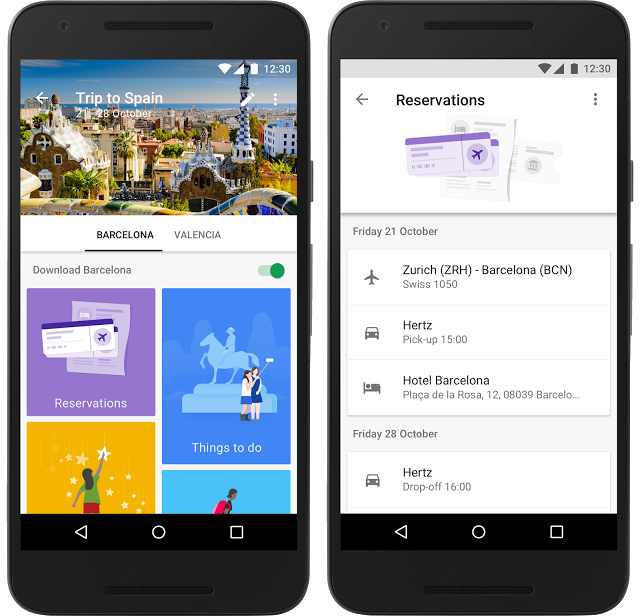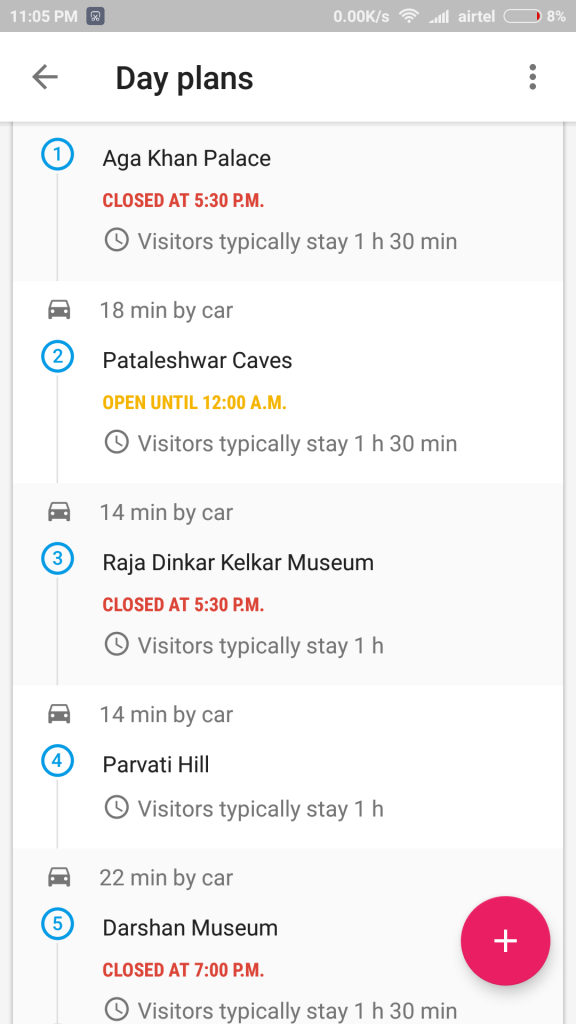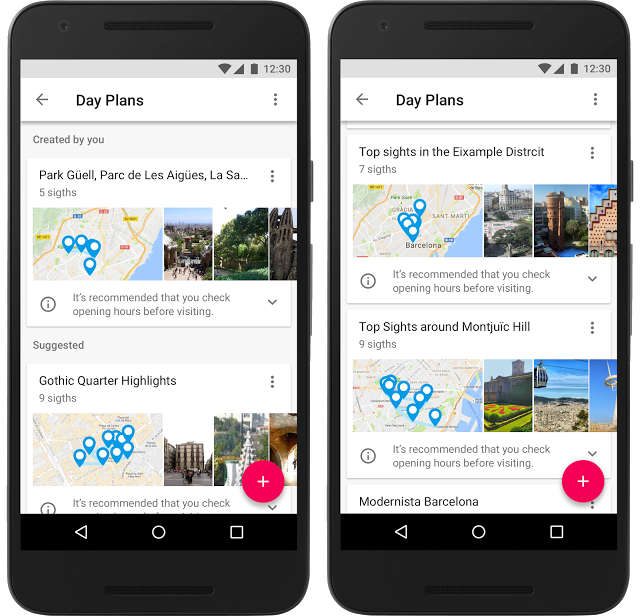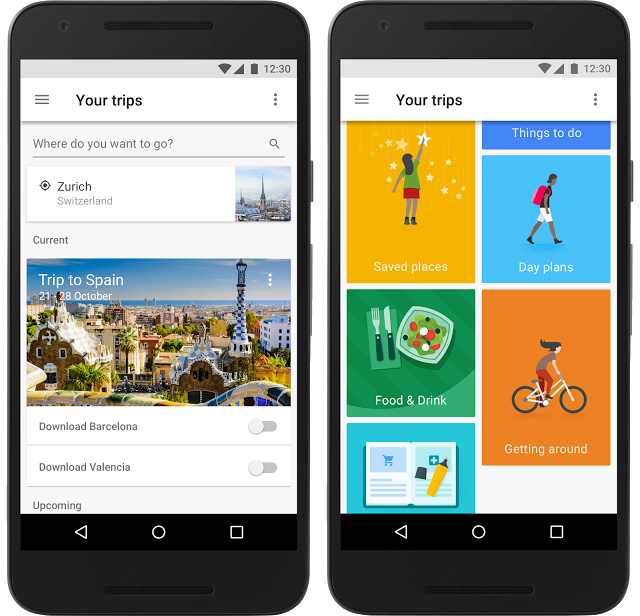Google finally launched the much awaited travel app Google Trips. While at first glance, you might want to pass it off as yet another trip planning app, there is lot more to it. It offers a TripIt like planner coupled with a discovery service. Being a Google app, the interface is neat and experience seamless but that is not what makes it a good companion for your trips.

While of course Trips is available as a single travel app that you can download and use now, it isn’t all new. Google Now, the assistant found on Android devices, has been a very good companion on my trips. It already offers pretty much what an app like TripIt or Trip38 is used for. All the travel bookings are arranged and displayed with all the necessary details available at a glance. Also it shares recommendations when you visit a new destination and provides important information. However, the Google ecosystem means that OEMs often tuck in Google Now somewhere in favour of their own developments. Google Trips addresses that as anyone looking to have their trips neatly arranged in one place can just use the app. The bookings are pulled automatically from the confirmation mails and tickets sent to your mailbox should you allow it to do so.

The bits of data
Because Trips is specifically meant to be your travel companion, it can do all that Google now can do and a lot more. The recommendations are neatly organised to put together itineraries for you and that is where you start to realise how the plethora of services Google offers come into play. Google Maps generates heaps of data from the users. Look up a restaurant, tourist attraction, bar, amusement park or any place on Google and you will notice that it knows the popular times for those places from the user data. Check the ‘Timeline’ in Google Maps on your Android device and you will see what it knows about your daily commute and roadtrips. This data is put to good use in Google Trips.

The volume of visitors and their behaviour at any attraction helps it create itineraries. You can see the average time people spend at any particular attraction and how long they take to travel to the next one. The app features top 200 cities right now and all the data is based on historic visits by other travellers. If you don’t like what Google is suggesting under ‘Day plan’ or if you have some recommendations from your friends already, add them and the app will plan your day around it.

The freebies given away under Google Local Guides program have also contributed significantly to the Google Trips. The simple yes or no questions like “Is this place suitable for kids” or “Is this place good for quick bites” asked over months from the contributors have helped them categorise the places under various categories like ‘Indoor’, ‘Kid friendly’ and ‘Outdoor’ among others. You can simply choose to visit places from these lists or check what Google is recommending for you on the basis of your data. The places also include recommendations for food and beverages, because of course what is a good trip without local food.

And yes, you can save all the data offline so that you don’t have to bother about connectivity or roaming costs while travelling.
Is Trips the only travel app you will need?
Tough to say at this point. Right not it is really good to manage all your bookings and to discover places you should check out. However, in the hour or two we spent tinkering with the app, there were some obvious limitations visible.
Firstly, it allows you to pull data from just one Gmail account which would be a challenge for many. The tickets for my business trips are sent to me on my work email while all my other bookings are on my personal mail account. As I am using Trips with my personal account, the best option is to forward all the bookings there.
Another limitation is the lack of booking option at this point. It is very likely that Google will add the option in future but right now, all you can do is get to know about places, and then see how you can book.
Should trip planning startups be worried?
That could be a yes or no depending on your approach. Google Trips appears to be purely built on the data from Google Maps and user behaviour at this point. Which means it features only the popular and user rated places, whether we talk about destinations or the attractions at destinations. Travellers are always looking for new places to explore and that is where trip planning services backed by strong content have an upper hand. Google’s approach is still very macroscopic which leaves plenty of room for players with good local content and microscopic focus to thrive.
That said, Google will continue to add more to Trips which could result in David vs Goliath situation for some. They will also be launching the much awaited messaging app Allo which is likely to come with a Google AI bot built in to get things done. There is a possibility that the AI bot will be put to use in other apps as well (for travel booking here maybe) and might take away an advantage or two from the smaller rivals.
You can read the announcement on Google Blog here.
How do you think Google Trips will affect the trip planning startups? Do share with us.



















